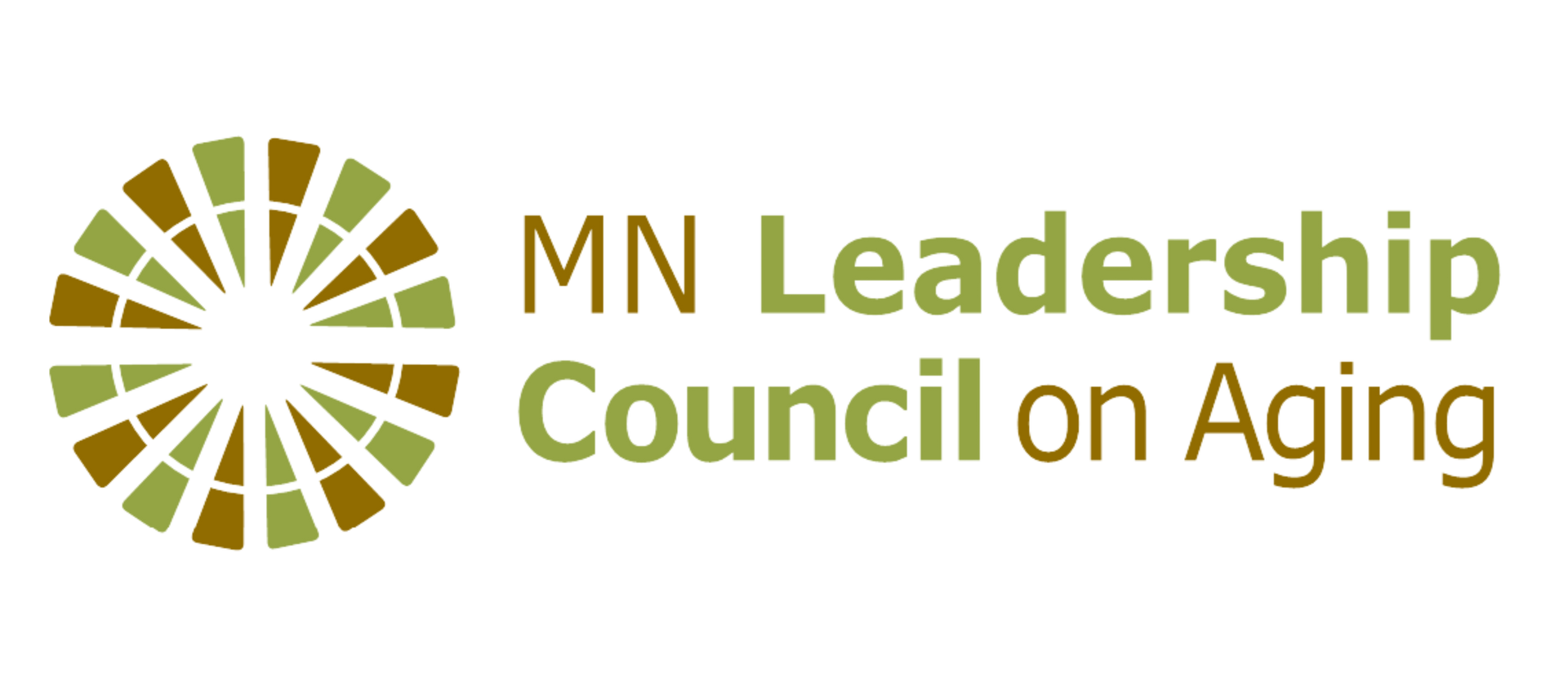Our Definitions
September 10, 2021
The explanations below describe what Minnesota Leadership Council on Aging means when we use these words. As language, terms, preferences, and understanding evolve, we will revise our definitions. We will engage with communities to inform that revision annually.
Cultural Competence
Cultural competence refers to an ability to interact effectively with people of different cultures. It comprises four components: (a) Awareness of one's cultural worldview, (b) Attitude towards cultural differences, (c) Knowledge of different cultural practices and worldviews, and (d) cross-cultural skills. Developing cultural competence results in an ability to understand, communicate with, and effectively interact with people across cultures. Cultural competence is not a destination; it is a continuous learning journey. No one person can speak for an entire community; no community is monolithic.
Customers
Minnesota Leadership Council on Aging customers are our Member Organizations. They are the reason this organization exists. We strive to satisfy their needs through our products and services. Other key groups with an interest or concern in our decisions and actions include Staff, Partners, Elected Officials, Government Agencies, Older Adults and their Caregivers, and the General Public.
Diversity
Diversity is the presence of individuals of varying backgrounds or experiences. It includes a wide range of tribal nations and national, ethnic, racial, and other characteristics of people who co-exist in society. It encompasses the spectrum of human differences, including but not limited to race, ethnicity, gender, gender identity, sexual orientation, age, class, physical ability or attributes, religious or ethical value systems, national origins, social groupings, and political beliefs.
Ethnicity
Ethnicity describes a group of people who share a distinct culture, nationality, tribal affiliation, religion, language, or place of origin. It is a category independent of race. Therefore, in the US, people of the same ethnicity may be members of different races, such as Black Hispanics (such as people from Cuba, Brazil or the Dominican Republic). Ethnicity is a broader term than race. The word is used to categorize groups of people according to their cultural expression and identification.
Equity
Equity is the state, quality, or ideal of being just, fair, and impartial; freedom from systemic bias or favoritism; parity across differences; fairness.
A situation in which product and service access, opportunity, quality, distribution, and outcomes do not vary by race, ethnicity, language, age, gender, current inequality, or historical injustice.
Our society is continuing to take steps towards equality but being equal and fair is not always straightforward. Different groups of people may need different approaches, resources, and investments to achieve equity. True equity lifts everyone to the highest standard rather than limiting the opportunity of some to achieve equity at a lower standard.
An evolved level of equity suggests we act to achieve equal outcomes and work to repair past damage and restore people/groups/communities.
Inclusion
Inclusion is the act of creating a welcoming environment that includes many different groups of people with differing abilities and treating them all fairly and equitably. People are valued for their unique contributions and experience a sense of belonging. An inclusive environment is one in which all people self-report that they are treated fairly and equitably and feel heard and valued. Acts of inclusion should include co-creation/co-development of policies and processes. (See the MNLCOA Equity Statement for specific groups of focus.)
LGBTQ+
"LBGTQ+ stands for lesbian, gay, bisexual, transgender, queer (or sometimes questioning), and others. The "plus" represents other sexual identities, including pansexual and Two-Spirit. The first four letters of the acronym have been used since the 1990s, but in recent years there has been an increased awareness of the need to be inclusive of other sexual identities to offer better representation. The acronym is used to represent a diverse range of sexualities and gender-identities, referring to anyone who is transgender and/or same/similar gender attracted."
It is important to note that these terms are often rooted in Western experience and may not be used by all communities. It is also important to note that many older adults are deeply reluctant to use the word 'queer' because of its historically negative connotations. Approach its use in this context with care.
This term is used in this plan as shorthand to describe people who identify as members of at least one of the gender/sexual orientations. We recognize the problems inherent in using such a broad term. However, we use it to increase plan readability. Additional Resources
Members
Minnesota Leadership Council on Aging members are organizations that have been accepted into the organization by the full council and pay dues. Membership is invitation-only.
Race
Race is a socially constructed system of categorizing humans based mainly on observable physical features and ancestry. In the US, Race is a social construct establishing various categories of people. It has been used as a hierarchy of their value to society in relationship to one another. Race is historically specific, and the ideas of what race "is" continue to change over time. In that worldview, people have, according to their physical and social characteristics, innate qualities that define them as different.
Senior Leaders
Minnesota Leadership Council on Aging Senior Leaders refers to our Board of Directors and Executive Director.
Staff
All people actively supervised by Minnesota Leadership Council on Aging and involved in accomplishing our work, including paid employees, contractors, volunteers, and interns. Current positions include the Executive Director, Director of Equity, Policy Coordinator and Consultants.
Minnesota Leadership Council on Aging
1265 Grey Fox Road, Suite 2, Arden Hills, MN 55112
© 2024 Minnesota Leadership Council on Aging. All Rights Reserved.
